Data Security Architecture is a comprehensive framework for protecting
an organization’s sensitive data assets throughout their lifecycle. It encompasses
the policies, processes, and technologies implemented to ensure data
confidentiality, integrity, and availability.
Key Components
A robust Data Security Architecture typically includes:
●
Data Classification: Categorizing data based on
sensitivity and importance, such as public, internal, confidential, and
restricted.
●
Access Controls: Implementing mechanisms to
ensure only authorized users can access specific data.
●
Encryption: Protecting data both at rest and in
transit using encryption protocols.
●
Data Loss Prevention (DLP): Employing tools to
prevent unauthorized data exfiltration.
●
Monitoring and Auditing: Continuously tracking
data access and usage patterns to detect anomalies.
●
Compliance Management: Ensuring adherence to
relevant data protection regulations and standards.
There are several critical reasons to implement a Data Security Architecture from E-Panzer:
Threat Protection: It provides a structured defense against evolving cyber threats and potential data breaches.
Risk Management: Helps identify and mitigate risks associated with
data handling and storage.
Regulatory Compliance: Ensures alignment with industry-specific
regulations and data protection laws.
Business Enablement: A well-designed architecture supports business
objectives while maintaining data security.
Customer Trust: Demonstrates commitment to protecting sensitive
information, enhancing customer confidence.
Operational Efficiency: Streamlines security processes, reducing the
likelihood of human error.
E-Panzer
Implementation Approach
Developing an effective Data Security Architecture typically involves:
- Assessing current data landscape and
security posture
- Defining
security policies and standards
- Implementing
technical controls and mechanisms
- Continuous
monitoring and improvement
By adopting a comprehensive Data Security Architecture, organizations
can better protect their valuable data assets, maintain regulatory compliance,
and build trust with customers and partners.
What are some common threats that a data security architecture should
protect against
A robust data security architecture from E-Panzer can protect against a wide range of threats. Here are some of the most common threats it will need to address:
External Threats
●
Cyberattacks: This includes various forms of
malicious activities aimed at compromising systems and data.
●
Malware: Viruses, worms, Trojans, and other
malicious software that can infiltrate systems and cause damage.
●
Ransomware: A specific type of malware that
encrypts data and demands payment for its release.
●
Phishing: Social engineering attacks that trick
users into revealing sensitive information or credentials.
●
SQL Injection: Attackers insert malicious SQL
code to manipulate databases and gain unauthorized access.
●
Denial of Service (DoS) Attacks: Attempts to
overwhelm systems and make them unavailable to legitimate users.
Internal Threats
●
Insider Threats: Malicious actions by employees
or contractors with authorized access to systems and data.
●
Privilege Misuse: Abuse of elevated access rights
by authorized users.
●
Employee Mistakes: Unintentional actions that
compromise data security, such as misconfigured systems or accidental data
disclosure.
●
Data Loss During Migration: Risks associated with
moving data to new systems or cloud environments.
Physical Threats
●
Device Loss or Theft: Unauthorized access to data
through lost or stolen devices containing sensitive information.
●
Physical Breaches: Unauthorized physical access
to data centers or office spaces.
Compliance and
Regulatory Risks
●
Non-compliance: Failure to meet industry-specific
regulations and data protection laws.
●
Data Breaches: Unauthorized access or exposure of
sensitive data, potentially leading to legal and financial consequences.
A comprehensive data security architecture should implement various
controls and measures to mitigate these threats, including:
●
Strong access controls and authentication
mechanisms
● Data encryption
for both data at rest and in transit
● Regular security
assessments and audits
● Employee training
on security best practices
● Incident response
and disaster recovery plans
● Network
segmentation and firewalls
● Intrusion
detection and prevention systems
Allow
E-Panzer to build and execute your Data Security Architecture
By addressing these common threats, a well-designed data security architecture can significantly reduce an organization’s risk of data breaches and other security incidents. Contact us to learn more-

















